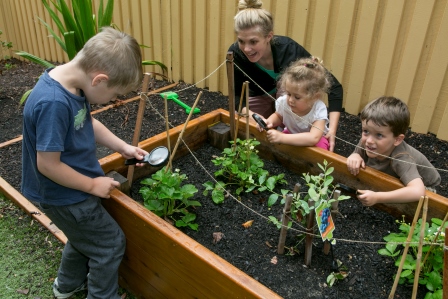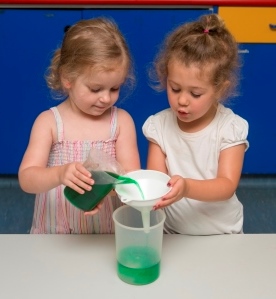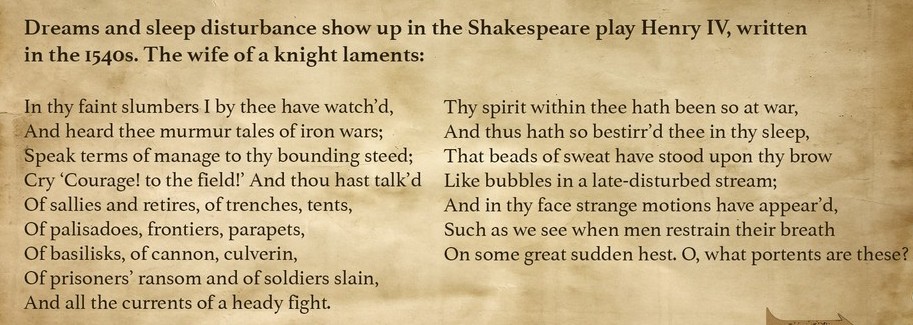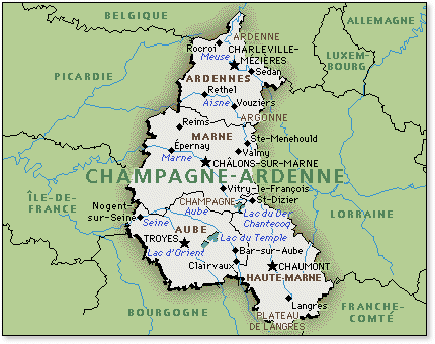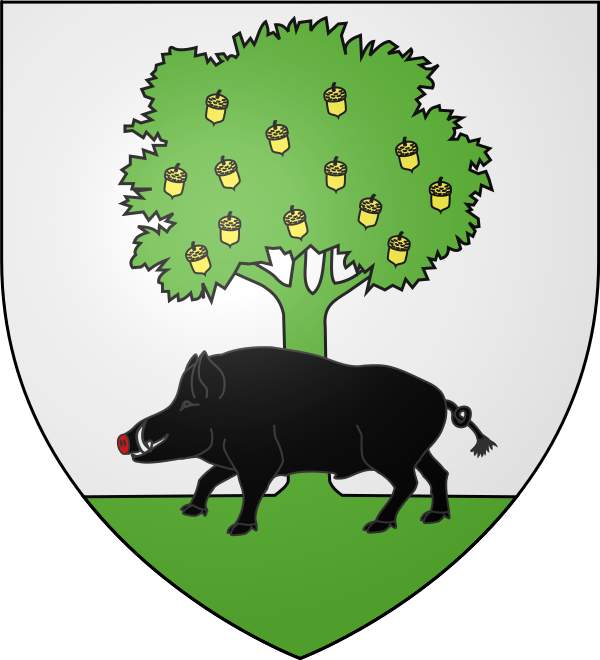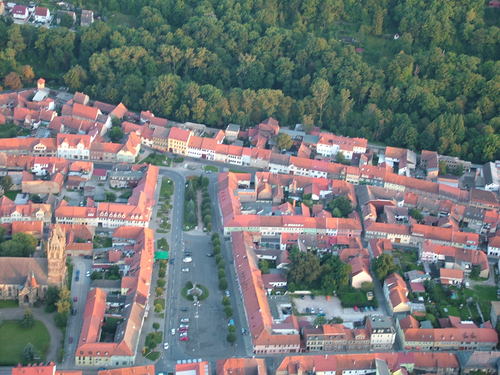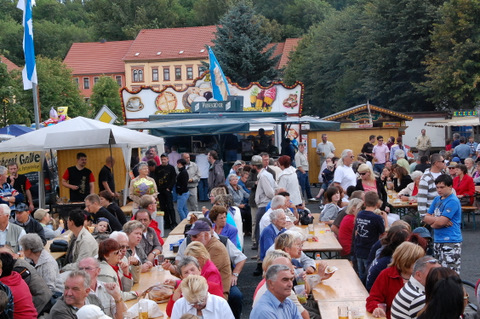Persisting political instability, widespread violence, economic crises, and natural disasters are common factors affecting children worldwide. Zimbabwe serves as a powerful reminder to policymakers about the importance of prioritizing the needs of children during great social, economic, and political challenges.
UNICEF proclaims that the true measure of any nation’s standing is gauged by how well it attends to its children. Many indicators can be used to measure child welfare, including children’s health and safety; material security; education and socialization; and a sense of being loved, valued, and included in their families and societies (UNICEF, 2007).
In Zimbabwe, political and economic instability, food insecurity, and disease are among the factors that threaten the welfare of children. This article discusses how each of these factors affects the welfare of Zimbabwean children, especially within the context of education.
source: Challenges affecting the education of children in Zimbabwe
To encourage young Zimbabweans to be educated, Education Zimbabwe was initiated in 2013.
We assist students with information that will help them learn with a vision driven mentality, so that they can make an impact to the nation after their studies.
We envision a nation with people determined to build a better Zimbabwe


